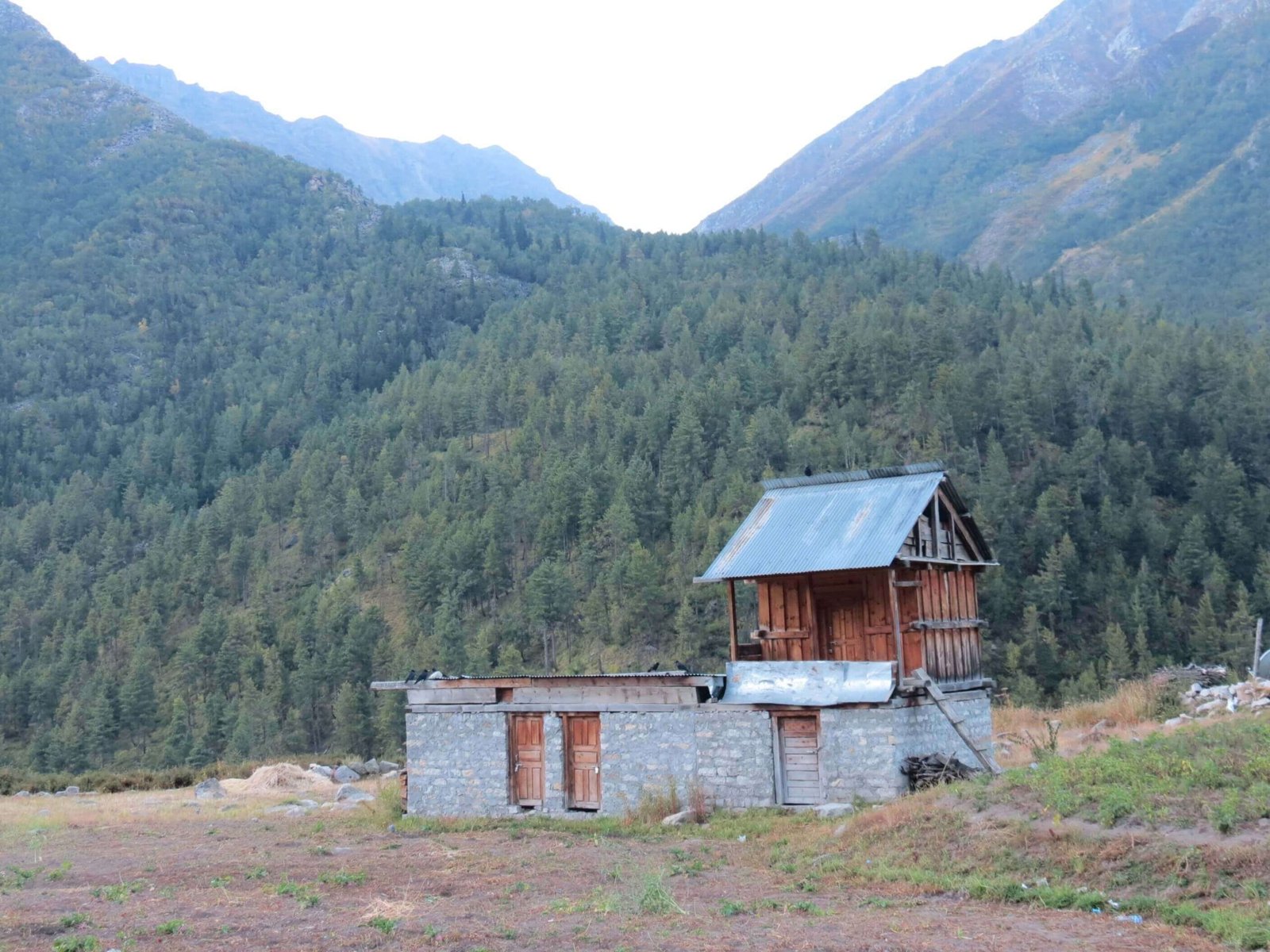
Chasing the ancient Civilization-Dholavira
History is a fascinating subject, which gives us insights about kings & queens and their civilizations. Reading through history books during my school days I used to visualize how these ancient people would have lived without any of the modern facilities. These school history books were my first encounter with the ancient human civilizations of Mesopotamia, Inca, Maya, Egyptian, Indus.
So after all these years while passing through Gujarat, when one of my friends told me that there was an Ancient site of the Indus Valley Civilization in Kutch. Memories of those kings and queens that I adored came alive. Out of curiosity I went googling for whatever information I could get about this ancient city of Indus Valley civilization. Going through Archeological Survey of India website I could not believe my luck that Dholavira which is in Gujarat was among the five largest Harappan cities in Indian subcontinent.
Being equipped with all the information that I could collect I decided to head to Dholavira next morning. Dholavira is located on the island of Khadir in the Kutch district which has the distinction of being the largest district of India.
All through the journey from Ahmadabad to Dholavira roads don’t have much to offer but just as I thought there is not much for my wandering eyes I came across this spectacle, around 8-10 km stretch of road connecting Dholavira island from mainland Kutch. The black tar road absolutely straight elevated about 5-6 ft from the ground and great white rann on both sides. One can only see this white rann and blue sky as far as one can see on both sides of the road. The vastness of rann made me spellbound. After capturing all this beauty in my camera, I started my journey again.
Finally after 5 hour journey I reached my destination Dholavira city which is stretched across an area of 250 acres. I decided to explore this ancient city on my own skipping the services of professional guides. But just as I was entering the site a small kid, “Ganpat” asked me if he needed a guide. I could not say no to Ganpat’s innocence & cheerfulness. So with my new found little guide I set out to explore the ancient city of Dholavira. I was taken aback by the knowledge my little guide had about this city showing me various places of city be it Citadel, Middle-town or lower town. What fascinated me the most was one of the earliest and at the same time advanced water conservation system. This makes me wonder how these ancient people with hardly any resources understood the importance of rain water conservation and eventually developed a system for storing that water. And how I wonder with all the technological advancements & resources we neglect the importance of rain water harvesting. Another eye catchy moment was the sign-board that might be among the world’s first signboards, written in ancient Indus-script.
After witnessing this architectural marvel my little guide insisted me to have lunch at his house. With the added incentive of visiting a local village & meeting local people I readily agreed to my little guide. After having my local lunch of “Bajrana roti” with “sak” and “lasanna chatni” it was time to leave. Just as I was about to leave Ganpat had another surprise for me in the form of visiting a place where large flocks of flamingos come. Travelling through muddy roads, marshy land & backwaters we finally saw large number of flamingos in their natural habitat. Though not an avid bird lover I was spellbound by the sight of these majestic birds. After capturing the beauty of the place and birds I decided to start my journey back.
While travelling back I was taken over by thoughts how I came to Dholavira to see the remains of an ancient civilization and while going back I can say how these ancient people respected nature and lived in complete harmony which somehow our generations have forgotten. And the line from the song Killin the plant from Australian band The vines came to my mind:
Cause it’s always, it’s always the way
We forget how we lived yesterday
Now we’re always, we’re always around
To affect everything we surround
Kill in the Planet, so well…



